We are introducing the beautiful arms and armors of the Korean peninsula to Bannerlord!
The primary purpose is simple item pack open distribution. (You can use Korean items in your Caladia.)
The secondary purpose is to select a country that is part of Korean history and make it a single campaign (if able).
Korea Project is creating a Korean-related mod! The game is Mount and Blade BannerLord, and we are also looking for modelers who are interesting in Korea!
-Team Kingcloneworlds-

Long time no see !
We are still working in progress.
Let me introduce some of the items.
01. 거북선 / Geo buk seon / Turtle Ship
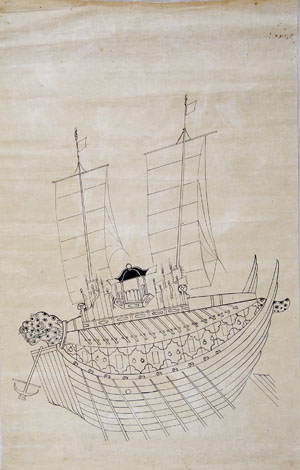

The Turtle Ship is a warship of the Joseon Navy, which was active during the Japanese Invasion of Korea in 1592.
The basic form is an improvement to the Panokseon, which was the main ship of the Joseon Navy, and the structure was changed to enhance defense by overlapping the roof and installing a lot of firearms to facilitate attacks, and was designed easily during the charging.
Admiral Yi Sun-shin is known to be the first person to develop the Turtle Ship, but this is not true, and it is presumed to have evolved from the Goryeo Dynasty.
However, it is clear that Admiral Yi Sun-shin made the decision to build a new warship that was not in the existing regulations during the Joseon Dynasty, which had a strict legal system in its own way.
The organization of the Turtle Ship is as follows.
Senior Officer
-1 captain.
Junior Officer
-2 Military Police Chiefs
-6 assistants.
Petty Officer
2 repairman
2 soldiers.
2 Helmsman.
2 Sailsman.
2 Anchormans.
8 Supplyman.
Soldier
24 Gunners.
14 ARCHERS.
90 Rowers.
02. 누비배자 / Nubi Baeja / Nubi Vest
Real
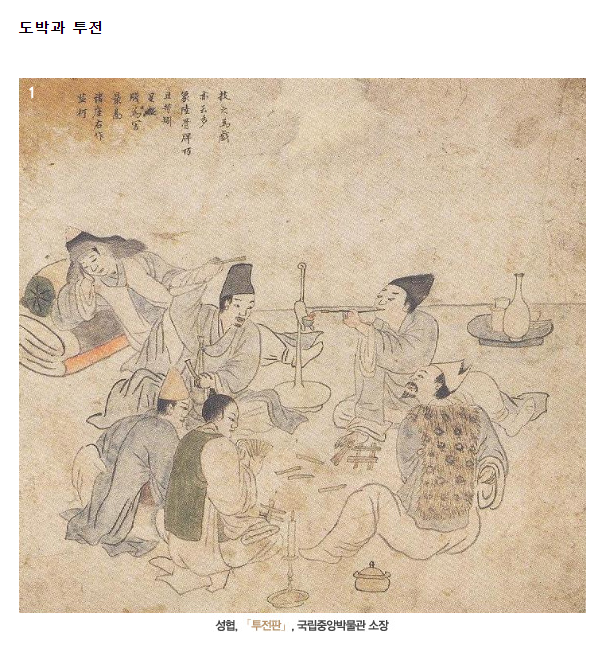
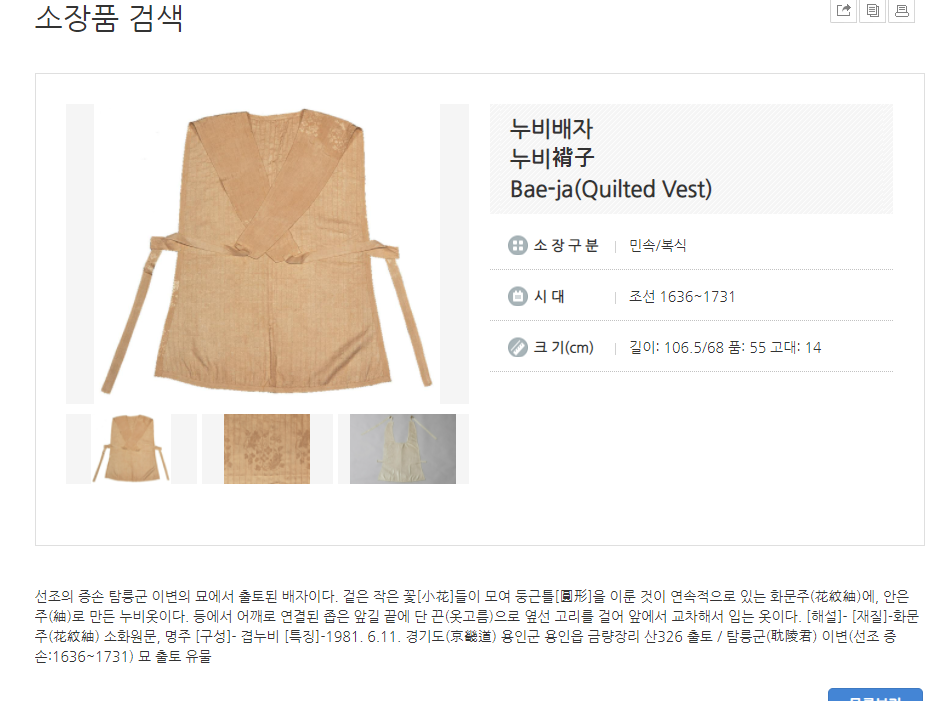
In-Game screenshot
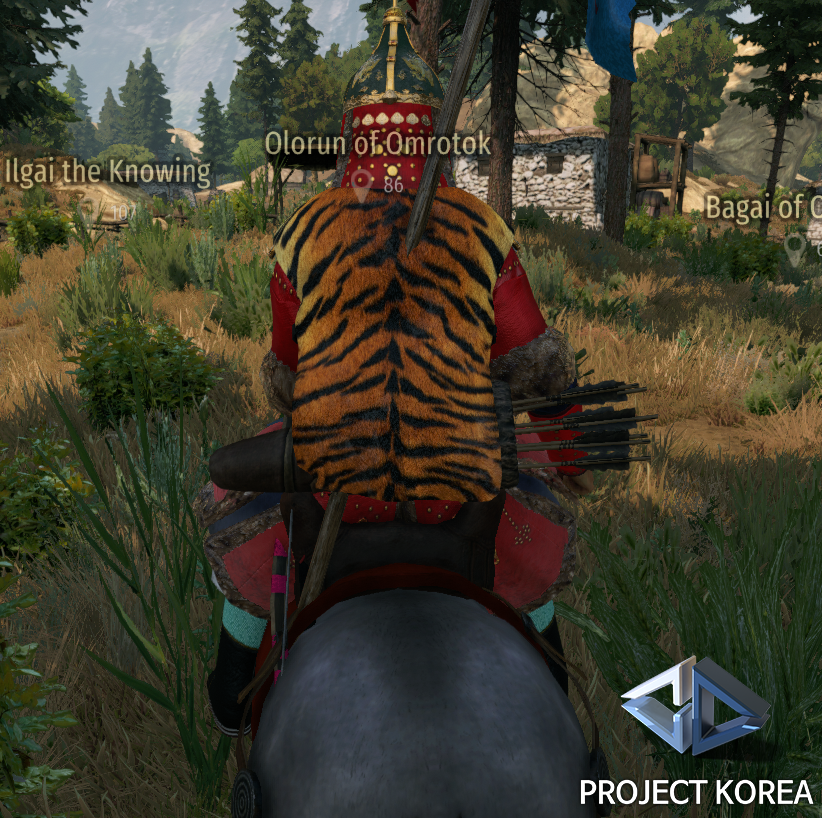
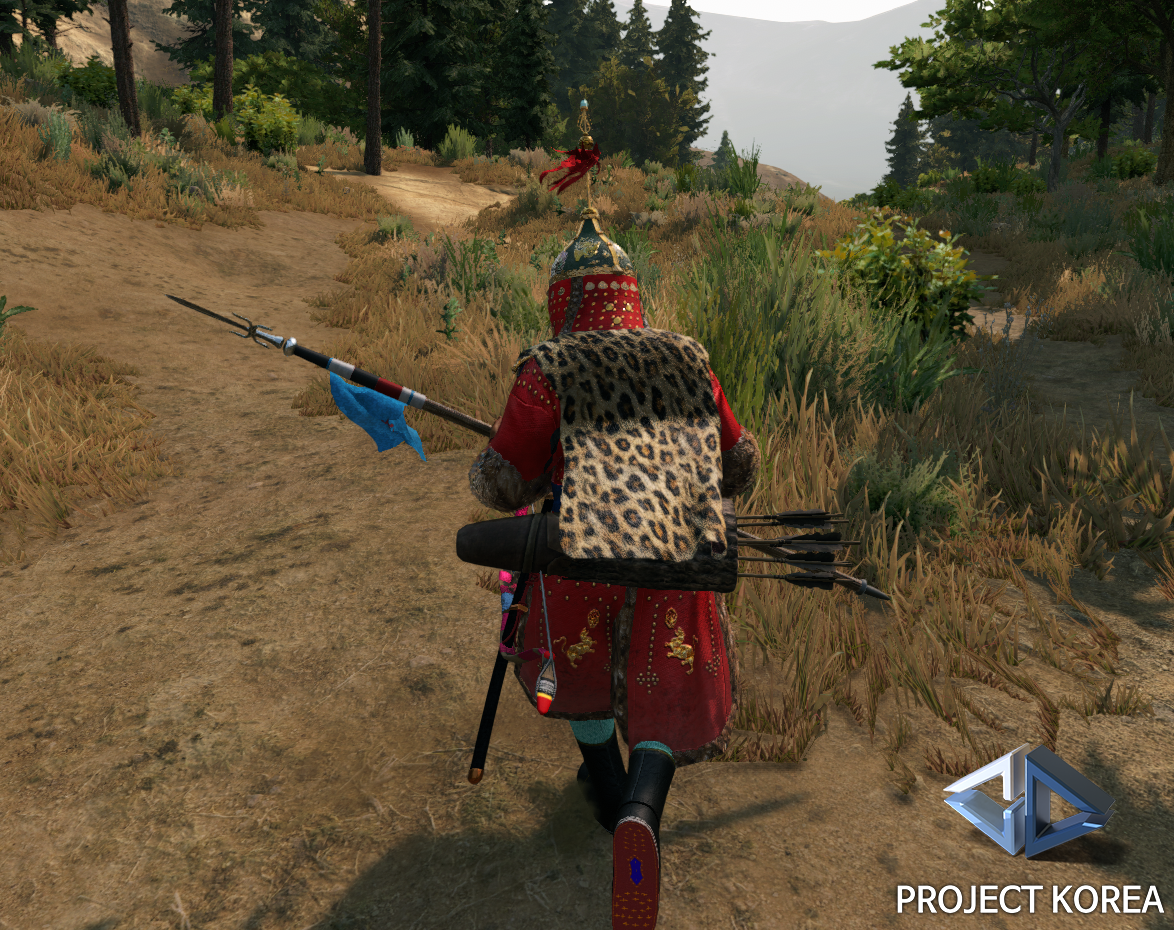
Nubi refers to a sewing method in which cotton is placed between the outer and inner linings and stitched one after the other.
Baeja is a vest-shaped clothing that is worn on top of a jeogori(a Korean-style jacket), and there are no Sup/섶(The long cloth underneath the collar), sleeves, and Goleum/고름(Cloth straps, one at the end of the collar and one on the opposite side, so that both sides of the collar can be closed), and the lapels are in the same shape on the left and right.
Baeja is also shown in a painting called "투전판(The Gambling)" by painter Seong-hyeop of the Joseon Dynasty.
Baeja was commonly worn from kings to commoners, men and women in the late Joseon Dynasty, and many relics remain.
Baejas of this period are concentrated and shortened in length, and the baejas of the late Joseon Dynasty are influenced by western suits and change into the modern vests.
03. 도롱이 / Dorong-e / Straw Raincoat
real
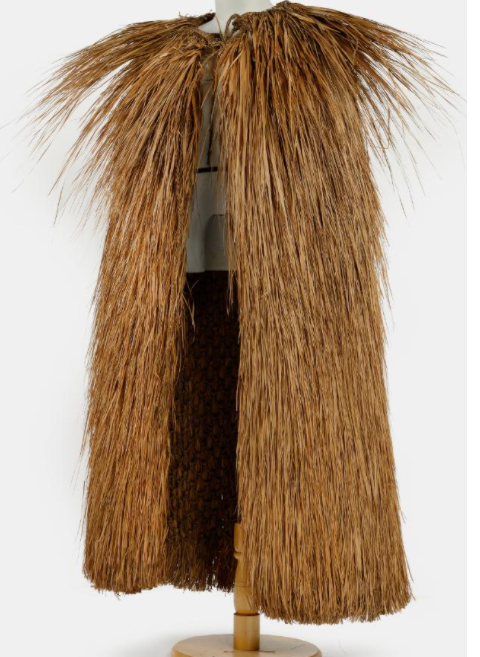
In-Game screenshot
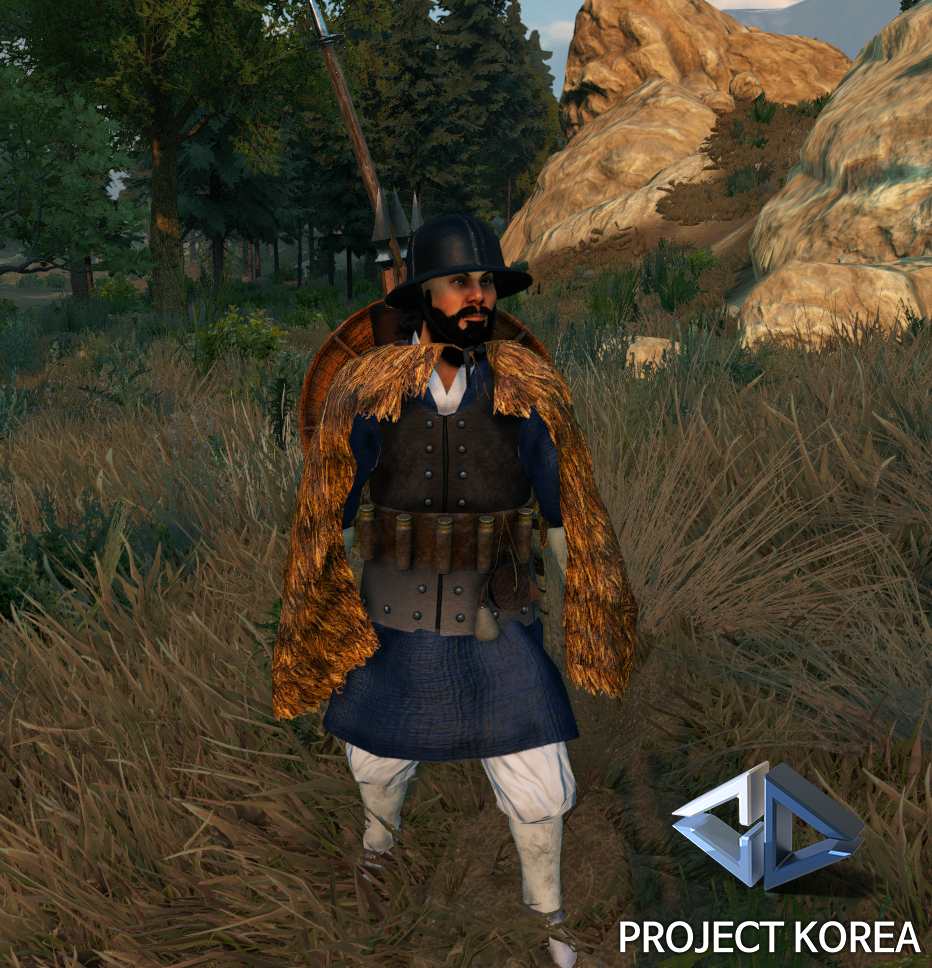
Historically, raincoats made of straw can be seen all over the world.
Koreans call this raincoat Dorong-E.
Dorong-E is made of grass or straw. On the inside, the materials are tightly and evenly woven together, and on the outside, the stems of grass are hung down, so that rainwater only flows outward and does not seep into the interior.
It is worn over the shoulder and waist when going out in the rain or doing work in rural areas.
04. 두두미 갑옷 / Dudumi Gap (Armor)
real
In-Game screenshot
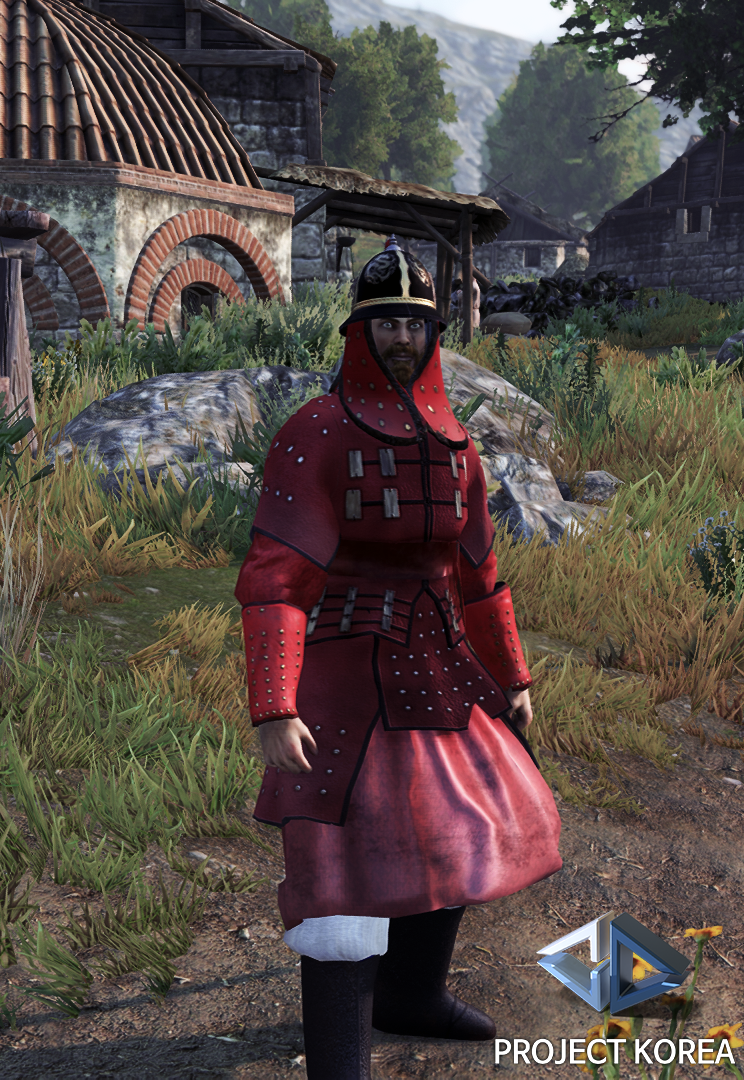


Dudumi armor is a kind of design armor without protective materials. (ceremonial armor)
In the Annals of King Taejong, there is a record that eight Dudumi armors were manufactured every month at Gun-gigam (a government office that was in charge of manufacturing equipment or clothes needed to go out to the battlefield).
There are two types of Dudumi Armor in Five National Forms and Traditions published during the reign of King Seongjong.
The blue Dudumi Armor turns the outer part of the armor into blue silk, places smoke-stained deer skin inside the armor, and alternately inserts several nails made of white silver and brass into the outer part of the armor.
The red Dudumi Armor makes the outside red silk.
05. 유삼 / Yusam or Yu-ui / Raincoat
real
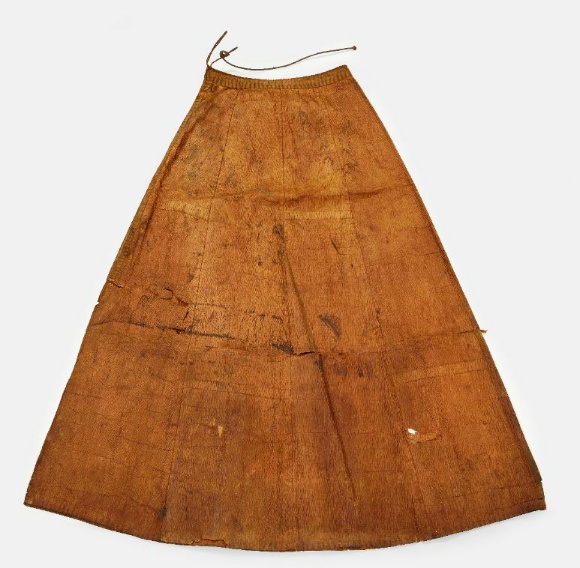
in-game screenshot
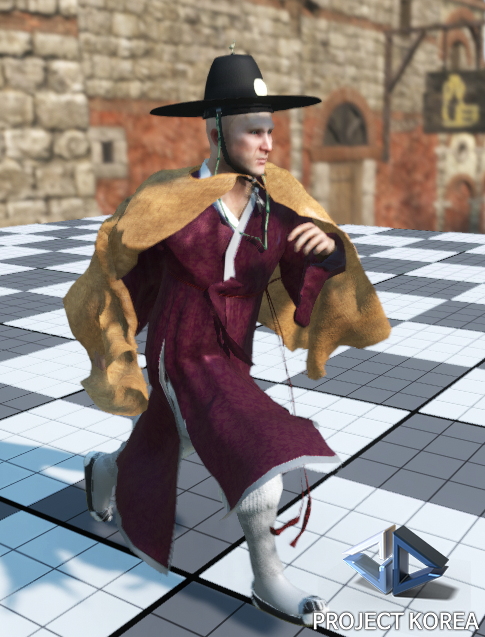
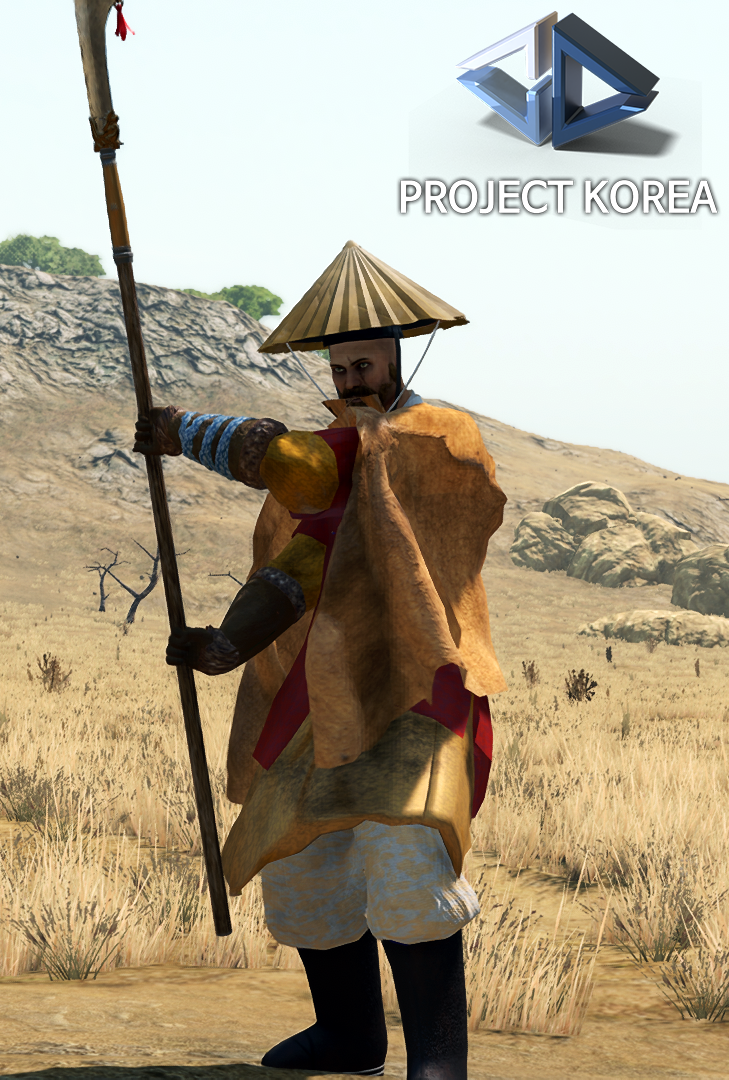
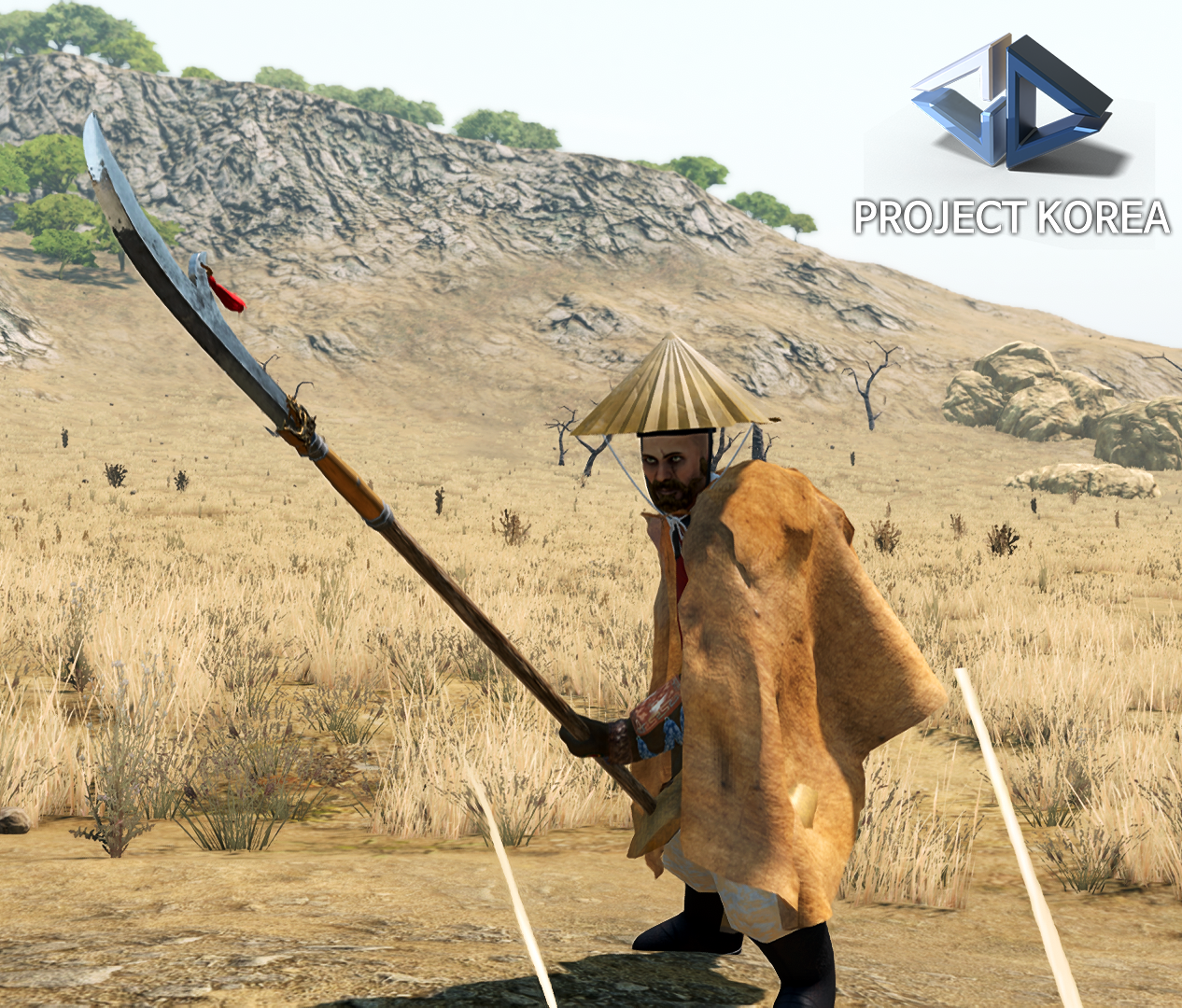
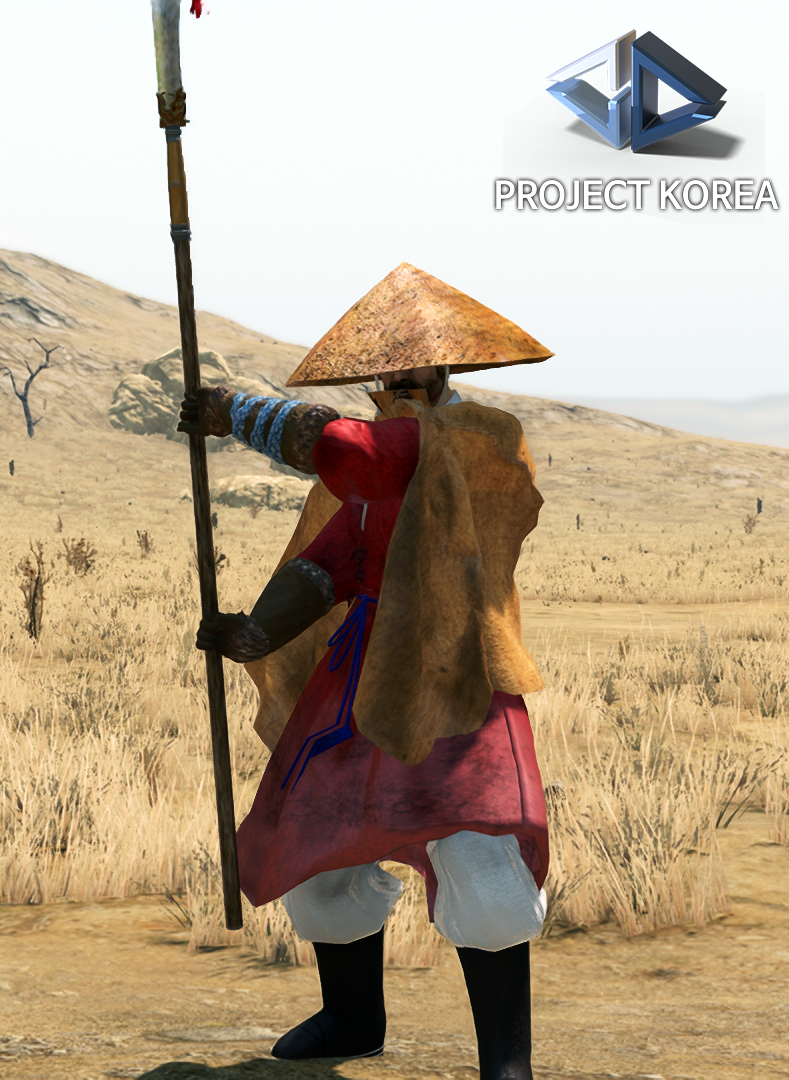
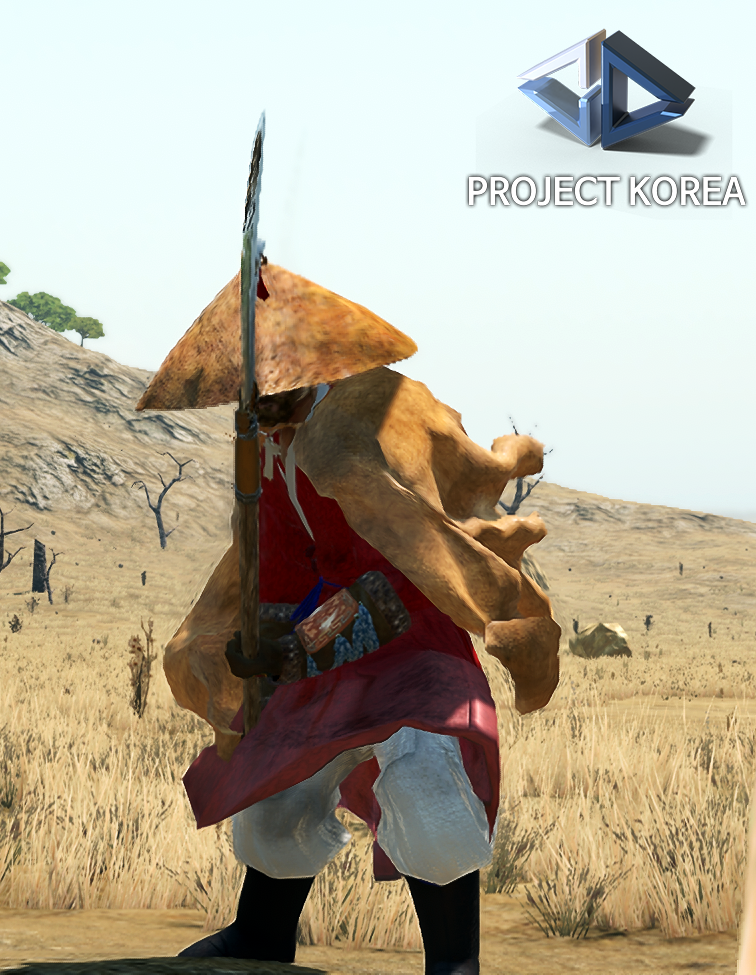
Yusam was recorded as either Yusam(油衫) or Yu-ui(油衣) in writing.
It usually looked like a skirt and was worn like a cape, but there were differences in length. Some of them took the form of a short coat with half-sleeves and side slits. Research analysis results of Silrok, Ilseongrok and the archives of the military camp in the later Joseon are as follows:
First, Mokyusam and Jiyusam coexisted as military raincoats. Mokyusam was made with cotton and perilla oil, while Jiyusam was made with traditional Korean paper, a cotton edging and perilla oil.
Second, the differences between general Yusam and military Yusam include the material of the clothing, the materials for waterproofing, the color, and the manufacturer.
Third, each military camp supplied soldiers with hundreds to thousands of Yusam. Military officers and King’s guards wore Mokyusam because Mokyusam was higher than Jiyusam.
Fourth, soldiers Yusam together with Yujeongeon, Chorip, Galmo, or Hwihang as a hat.
Fifth, the higher the rank, the higher the price of Yusam and the longer the term of usage. On the other hand, as the rank got higher, the cost of the supplementary oil rose, while the duration of usage got shorter.
- Dr. Park Ga Young's thesis -
06. 방상시탈 / Bangsangshi-tal / Goblin Mask
real
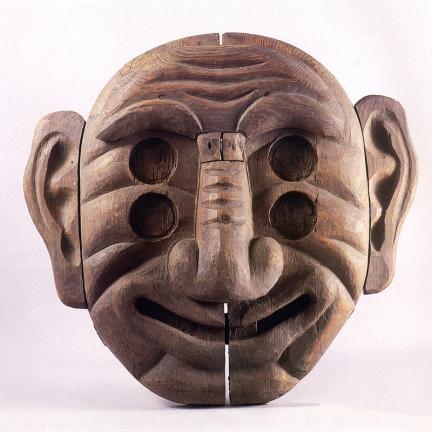
In Korea, Bangsangshi-tal is a mask used by the court to chase demons at exorcism events or funerals. In the court, it was used for events such as the king's march and the reception of envoys, and people wearing Bangsangshi-tal and various masks hit and threaten them with fire or color to chase away evil spirits.
At the funeral, they guide the way at the front of the procession of the funeral, and when they arrive at the cemetery, they chase the demons that are in the place where the body will enter. The mask used at this time is made of paper and wood, and the mask worn once is buried or burned with the body.
This custom was also used for funerals in the Silla Kingdom, and it is believed that it began to be used in rituals to chase demons from King Jeongjong of Goryeo to Joseon Dynasty.
Bangsangshi-tal appears not only in Korea but also in China and Japan, and is known to have been introduced from Ancient China.
Throughout the Middle Ages and modern times of China, Chinese Bangsangshi-tals were transformed into martial arts and God's will, and Bangsangshi-tals introduced to Korea not only defeated the demons of tombs, but also served symbolically as escorts the king's journey.
Bangsangshi-tals introduced to Japan are transformed into gods that chase acne, or beings that lose the function of exorcism and are assimilated with goblins to be eradicated together.
07. 양반탈 / Yangban-tal / Aristocrat Mask
real
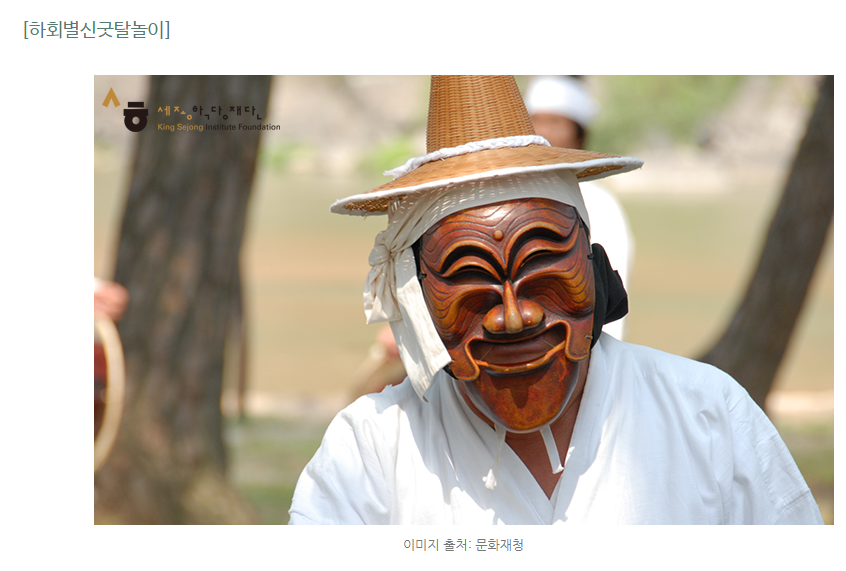
Yang Ban T'al :a man of high position(aristocrat mask)
has a long, black beard to show dignity, and an expressive smile that reveals both generosity and smugness. If the performer looks uprights, his face appears cheerful and smiling; if he looks downward, his expression is angry and tight-lipped,this mask is believed to represent the highest artistic value of the Hahoe masks.
It is said that the Hahoe mask was made by Heo Do-ryeong in the middle of the Goryeo period.
When an epidemic spreads in the village and the rain continues,
a mountain spirit appears in Heo Do-ryeong's dream and tells him to make a mask out of alder and perform a funeral.
From then on, he looked closely at people's faces, Bu-Ne(a bar waitress),
Sun-Bi(a scholor who is not in a government position), Yang-Ban(Aristocrat), Hal-Mi(granny),
Joong(a bonze), Kak-ssi(young lady), etc and started making masks with expressions containing their stories.
However, there was a condition that no one should see the mask until it was completed, and while making the last mask, the I-Me (foolish person) mask, he was caught by a girl who had a crush on him.
So it is said that the I-Me (foolish person) mask has no jaw.
In game screenshot (Bangsangshi-tal and Yang-Ban tal)
08. 토시 / Toshi / Gloves
real
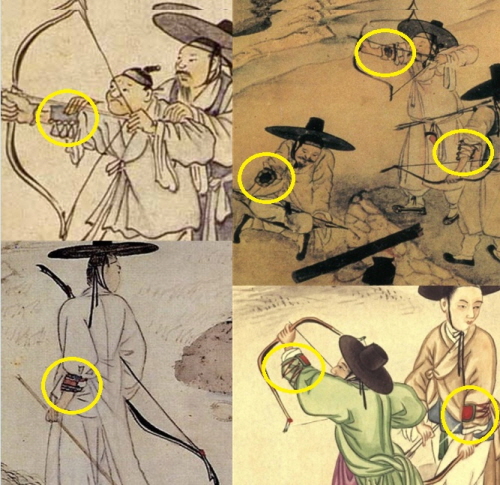
In game screenshot
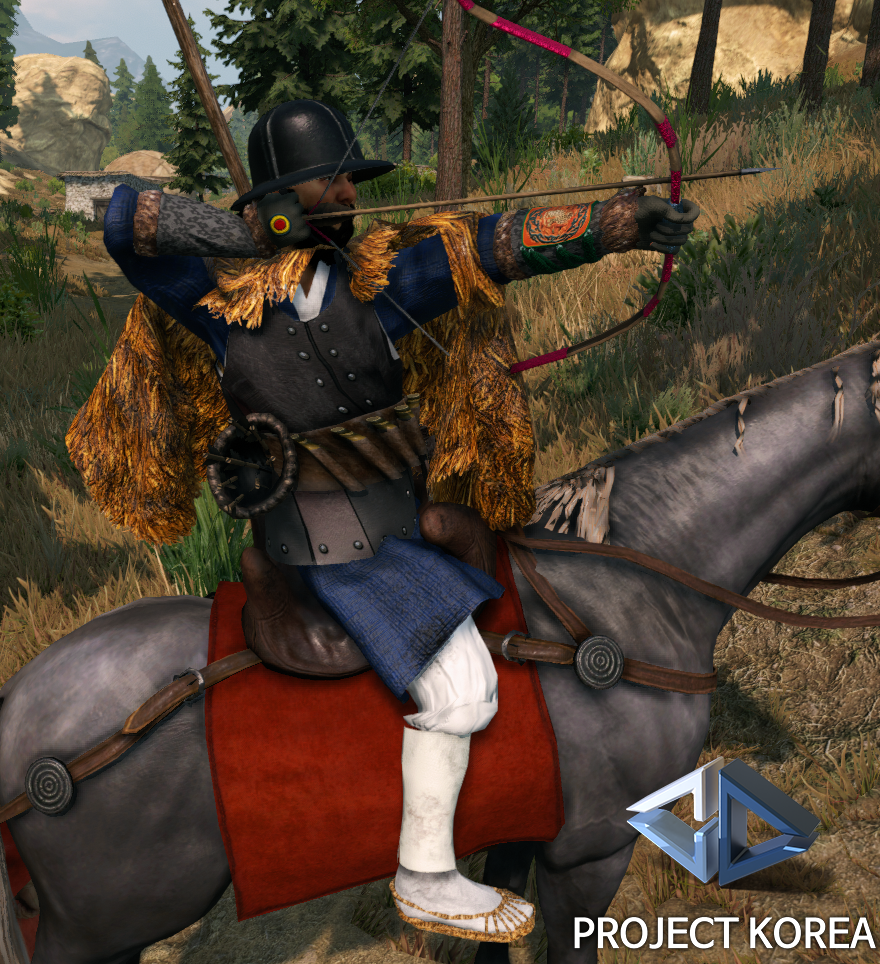
09. 휘항 / Hwi-Hang / Winter Cap
real
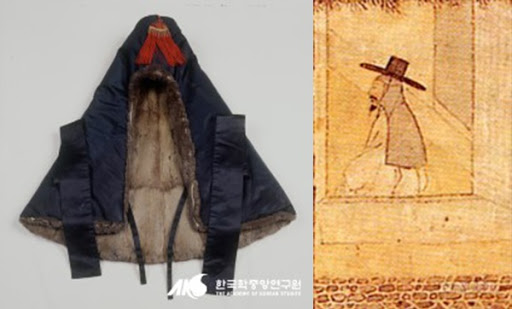
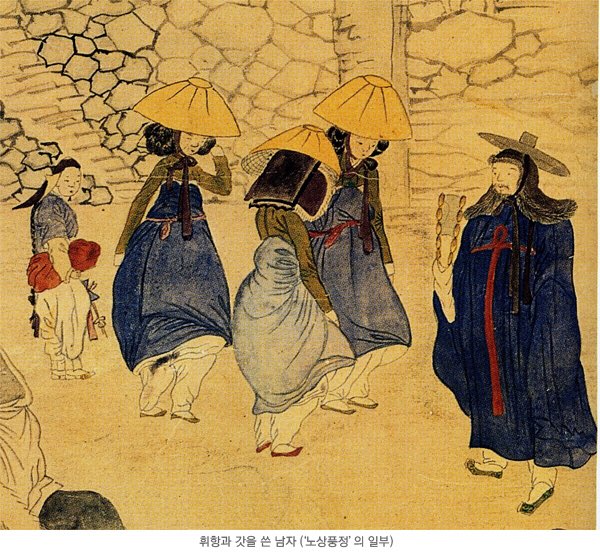
in-game screenshot
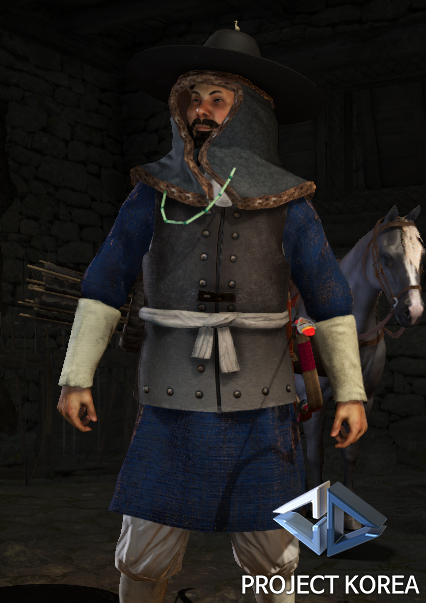
Hwi-Hang is the name given because it covers the back of the neck and protects it as a kind of winter cap.
The top of the head is open and is made of a size that can cover up to the shoulders. It is intended to be used with only the face out, and a string is attached to the front to close it from the front chest.
According to the Annals of Jeongjo, "On cold days, soldiers also used it.
The Gyeonggi-gamyoung (Gyeonggi Provincial Government Supervision) prepared cold protection tools and distributed them to the border guards and officers. At this time, the border guards and officers each wore Hwi-Hang on their head and body. He made them wear thick cotton clothes.”
10. Sceneprop
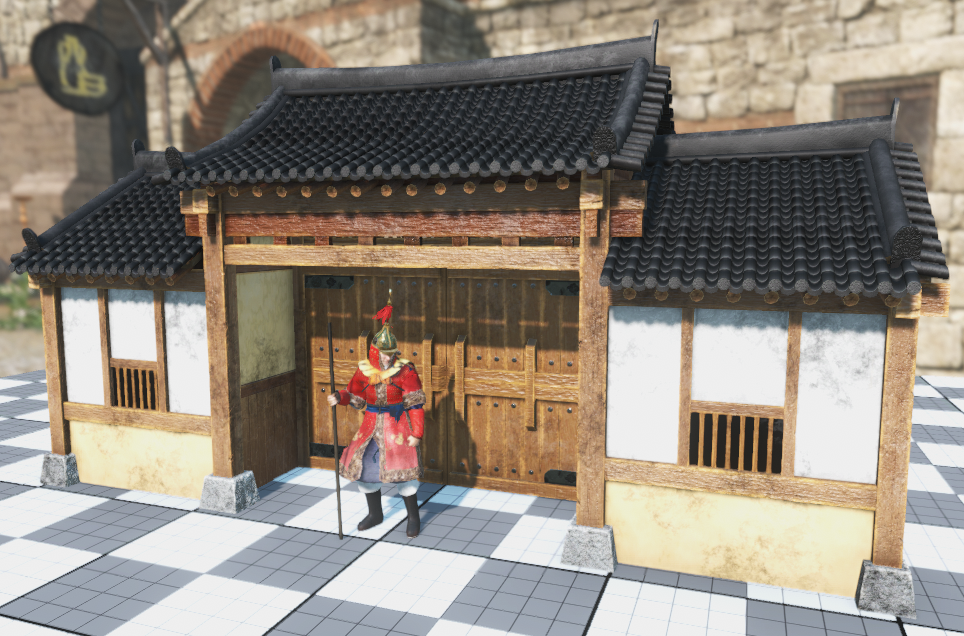
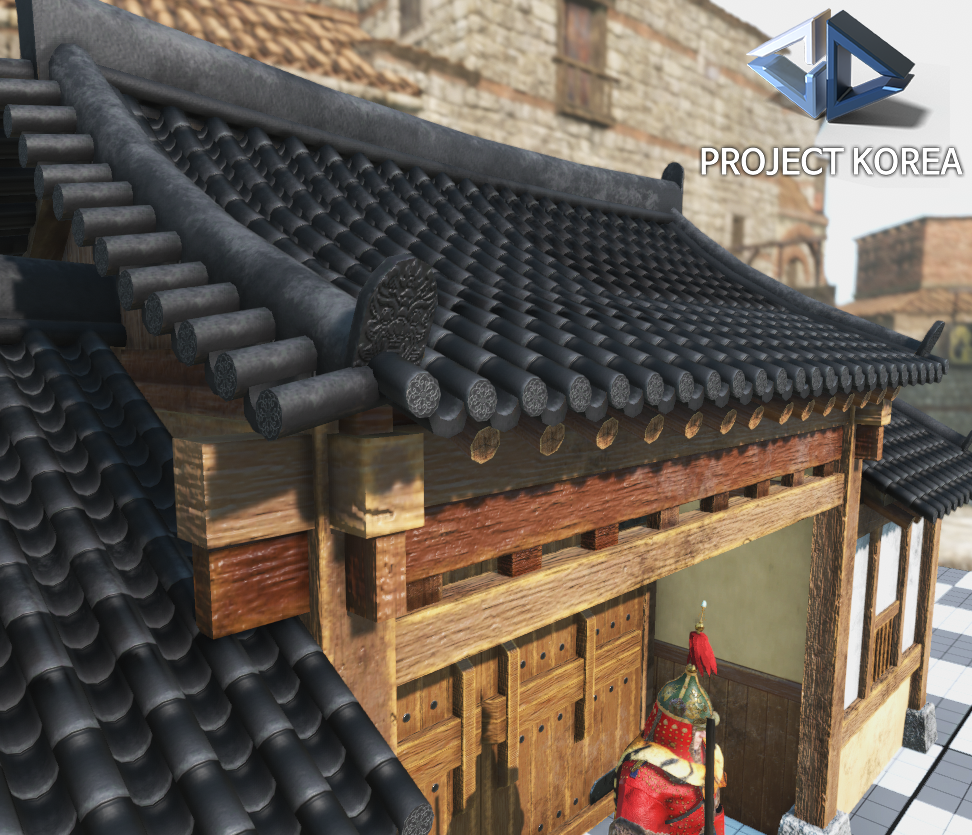
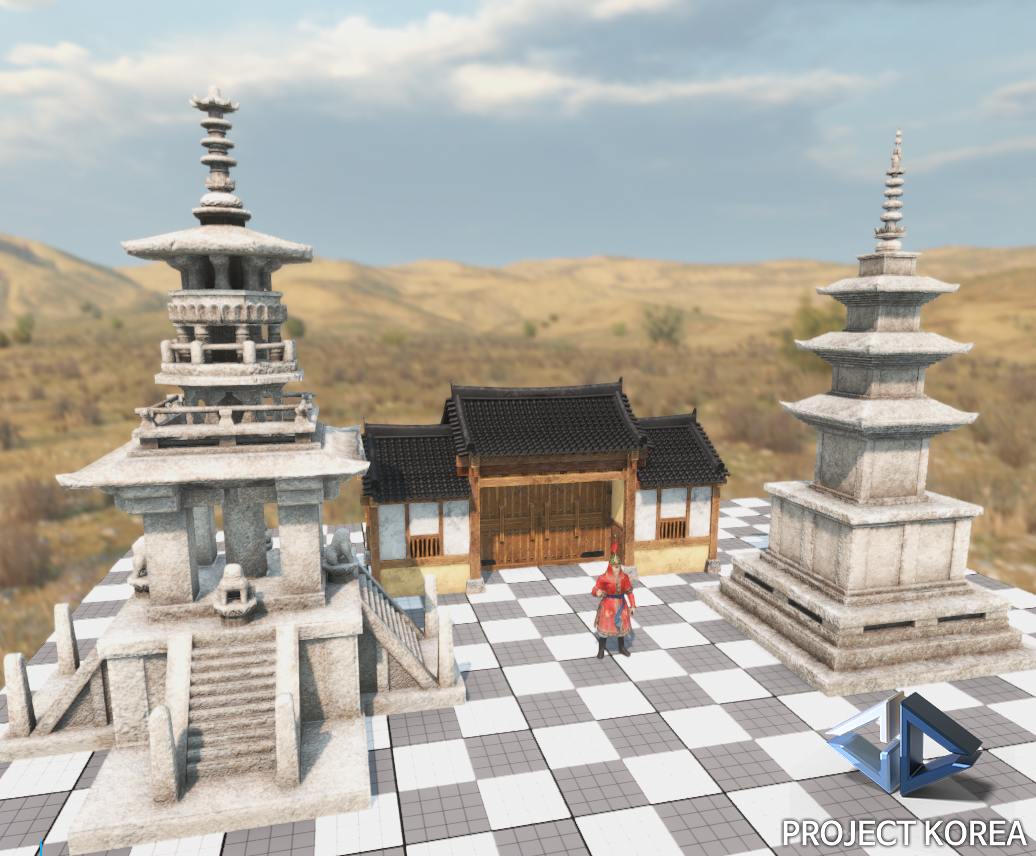
Thank you.

Dev blog #4 - Item instruduction
News 1 commentIn dev blog #4, we will look at additional arms and armors of the Korean peninsula that will be recreated in the mod.

Dev blog #3 - Item instruduction
NewsWelcome to Project: Korea's Dev Blog ! Let me introduce Korean costumes to you.

Dev blog #2 - Item instruduction
NewsDev Blog #2. Development status from November 09 until now (Only some of the major items)








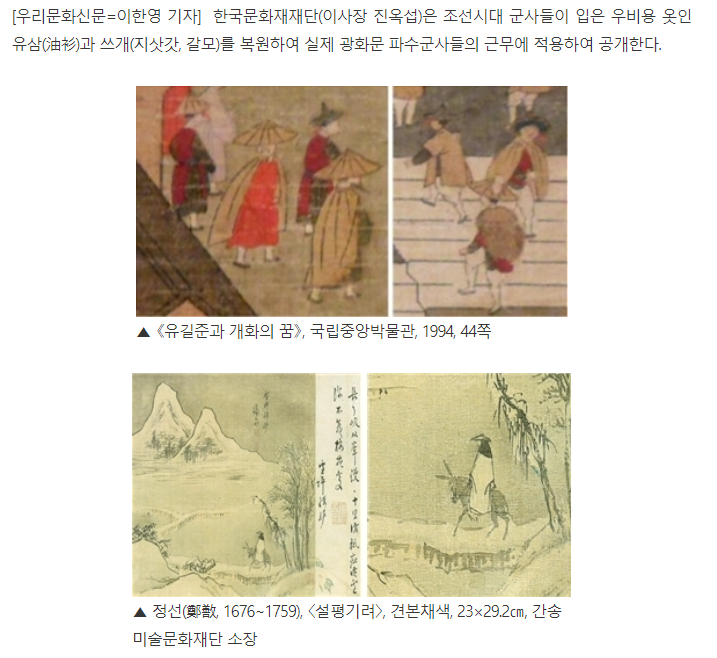
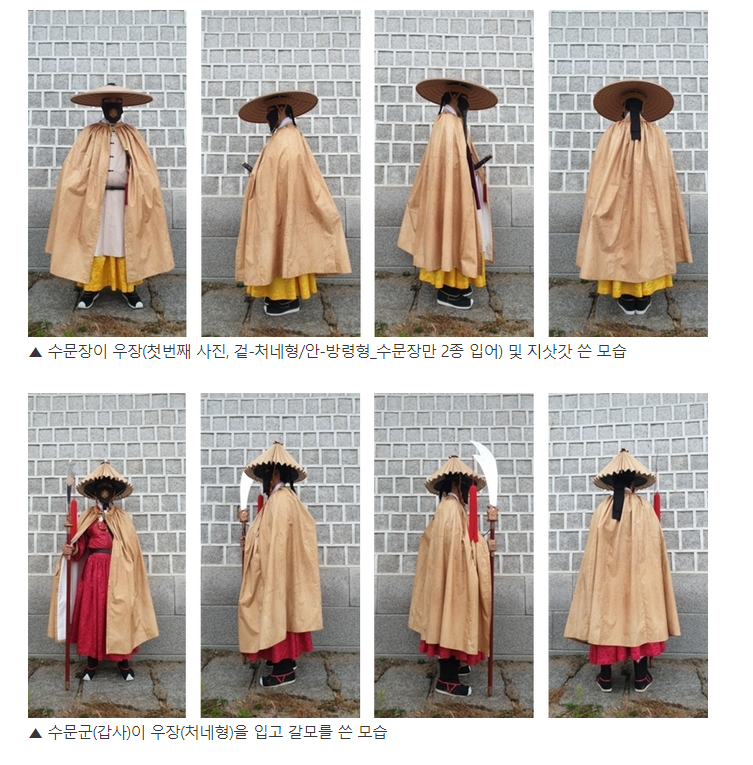
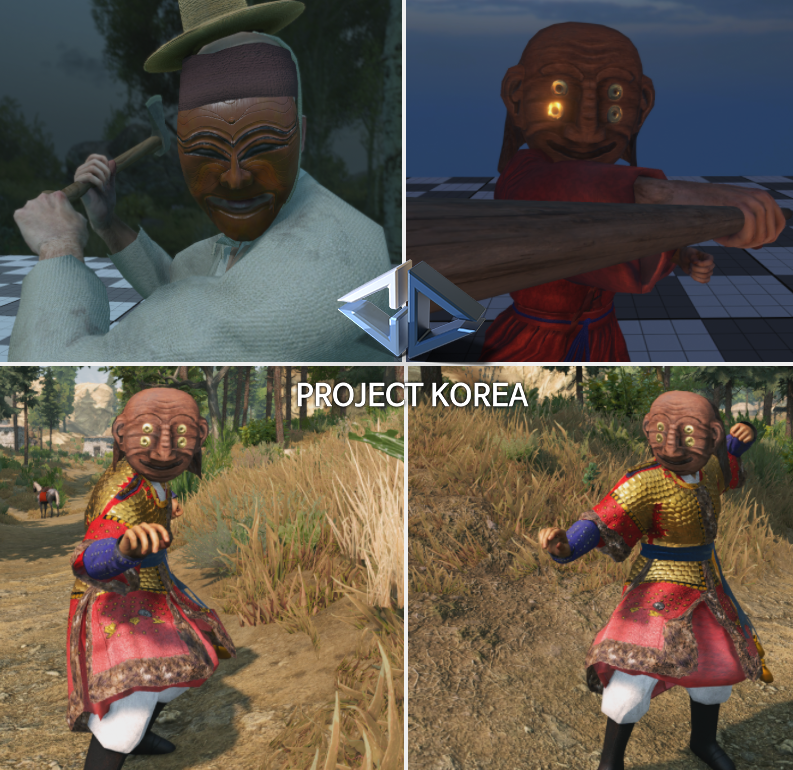
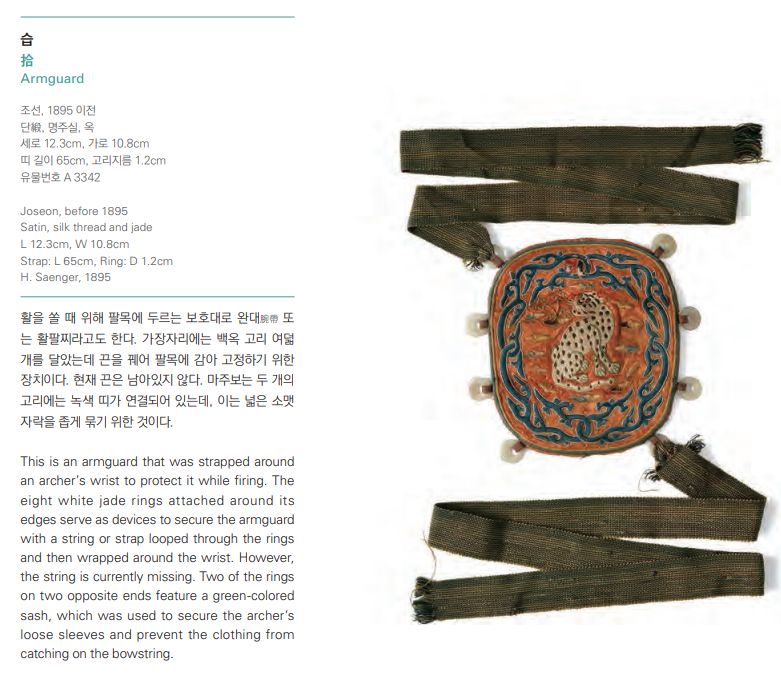









is the se-chongtong in the mod?
Oh, you are still upgrading this mod? Wish you have success!
I come across this Korean mod once again after 3 years. Firstly I have to apologize for my rudeness, silliness and selfish(傲慢) that I was writing some argument opinions at here . For now, Personally I still have to keep some words to Korean culture, not only about some culutural and economical competition on national views, but also about self-estimation bases on human being and basic Chinese official education. I'm not here to argu and talking about others, and my opinion about culture(The topic I explained before) has changed greatly with the improvement of my world ideology. The more books I have read, and more people I have meet, more suffering I have suffer, especially after I heard about a book named <history of human>(人类简史), and rethinking about history of Ming dynasty ,and compare that history to the present(当下) world, I feel I'm just a normal citizen in China, and live as a laboring human, who is not even a university student but a college student.
Hello!
I have been looking forward to this mod for quite some time!
I was wondering if you guys are getting closer to release, or are looking for beta testers since we have had the official release for Bannerlord.
leeterry1996 Hello, they released an item pack which adds 307 Korean-themed items to your Bannerlord. So you can check that out until they release the full mod.
Here is the link: Steamcommunity.com
I also found "Project Korea Troops - My Little Warband" to use Korean Joseon Dynasty troops. But I'm not sure if it works fine because they released it recently.
Here is the link: Steamcommunity.com
There are currently no specific beta plans, but there is a YouTuber channel to help with testing.
Interesting, beautiful korean aesthetics, full of chinese and japanese influence.
? There is no country that never influences each other. If you want to find that kind of culture, go to other planets.
In fact, Korea's politics, military, and culture have been influenced by China, but its relationship with Japan is extremely rare or nonexistent
The culture of Korea (Baekje) that existed between 16 and 600 B.C. was introduced to Japan
Yes, cultures of Baekje and Goguryeo were introduced to Japan, and Japan was heavily influenced by those two nations.
Looks great. I watched many Historical Korean dramas so this project is exciting for me. I love earlier Korean history more though like Goguryeo, Baekje but Goryeo and Joseon are also fine.
I wish Goguryeo, Bakeje, Silla type of equipments and buildings could be made as well.